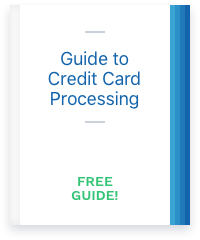ecommerce
What Are Embedded Payments?

Credit Card Processing exposed
Use the secrets that credit card processors don't want you to know to drastically lower your credit card processing fees.
Read Now!
Use the secrets that credit card processors don't want you to know to drastically lower your credit card processing fees.
Read Now!